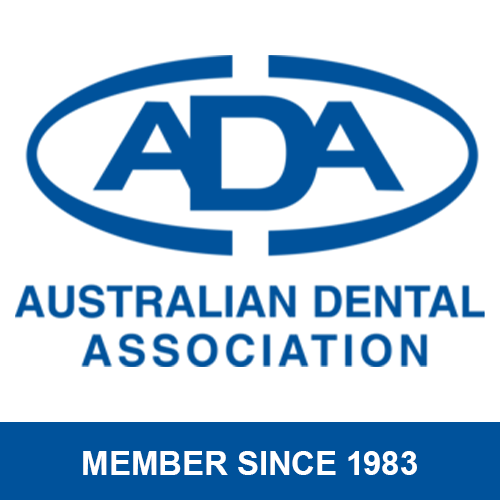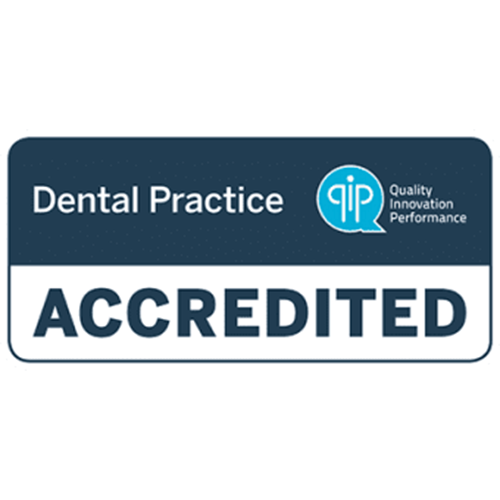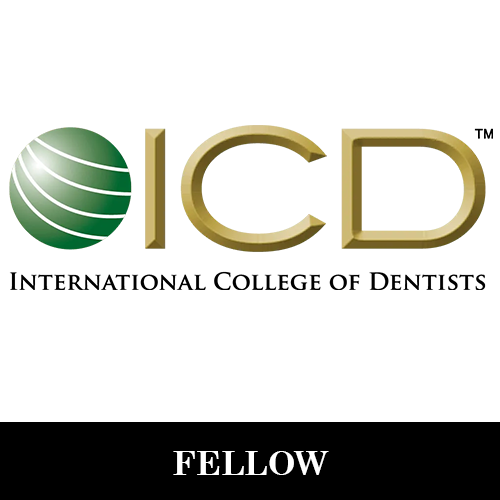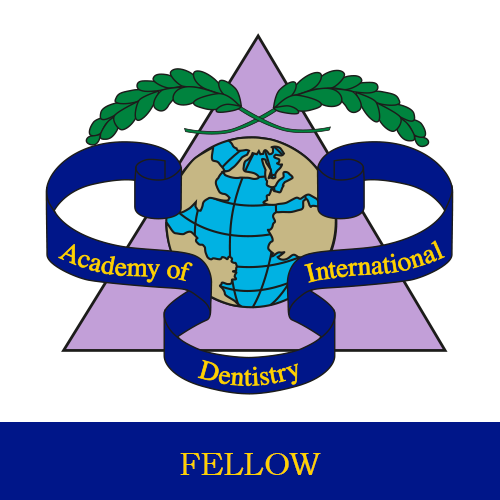Assessments for Gum Disease in Moss Vale
- Regular assessments can catch gum disease before it progresses
- Care plans are tailored to help address individual gum health concerns
- We focus on overall oral & systemic health linked to gum care
- Plaque removal & fluoride treatments are designed to protect gums from disease
Book a Dental Consultation
Comprehensive Check-Ups for Gum Disease
At Dr Patrick J. Meaney & Associates, located in Moss Vale and serving Bowral, Mittagong and the Southern Highlands, we understand that caring for your gums is essential to maintaining overall oral health. Healthy gums are the foundation for strong teeth, providing the necessary support for a healthy, lasting smile.
When gum health is neglected, serious issues such as gum disease can develop, often progressing without noticeable symptoms. Untreated gum disease has been linked to health risks like heart disease and diabetes, making early intervention critical.
Our comprehensive evaluations focus on early detection and prevention of gum disease. By identifying and addressing issues such as plaque buildup, inflammation and gum recession, we aim to protect both your oral and overall health. Each patient receives an individualised care plan to maintain strong, healthy gums for the long term.
To schedule an evaluation or learn more about our gum disease treatments, call us at (02) 4869 3111 today.
Personalised Gum Disease Treatments
In addition to our evaluations, we offer a range of treatments designed to support gum health and prevent gum disease. Our approach includes addressing specific concerns such as dry mouth syndrome, which can increase the risk of gum disease and tooth decay, particularly in older adults or those taking certain medications.
- Gum Disease Prevention:
Regular evaluations help catch early signs of gum disease before they worsen
- Personalised Care: We tailor each treatment plan, aiming to address specific concerns like gum inflammation & plaque
- Dry Mouth Solutions:
Comprehensive treatments are available to help manage dry mouth & reduce the risk of gum disease
- Fluoride Therapy:
Fluoride can be essential in protecting both teeth & gums from decay
- Comprehensive Check-ups: Routine periodontal assessments help maintain long-term gum health & overall well-being
Schedule your consultation today to protect your gums and oral health.
Frequently Asked Questions
What is gum disease?
Gum disease or periodontal disease, is an infection of the tissues that surround and support your teeth. It is primarily caused by poor oral hygiene, leading to the buildup of plaque and tartar on the teeth.
If left untreated, gum disease can lead to tooth loss and is also associated with other health issues like heart disease and diabetes.
What are the symptoms of gum disease?
Early-stage gum disease, known as gingivitis, may present with symptoms like red, swollen or bleeding gums. As it progresses into periodontitis, more severe symptoms such as receding gums, loose teeth and persistent bad breath may occur.
However, gum disease can often progress without noticeable symptoms, making regular dental check-ups essential for early detection and treatment.
How can I prevent gum disease?
Preventing gum disease involves maintaining good oral hygiene practices, such as brushing and flossing daily and attending regular dental check-ups. Professional cleanings aim to remove plaque and tartar that cannot be reached through regular brushing.
Your dentist may also recommend additional treatments like fluoride therapy or scaling and root planing to maintain healthy gums.
Is gum disease treatable?
Yes, gum disease is treatable, especially when caught early. The treatment approach depends on the stage of the disease. For mild cases (gingivitis), improving oral hygiene and undergoing professional cleanings can reverse the condition.
More advanced cases (periodontitis) may require more intensive treatments, such as deep cleaning (scaling and root planing), medication or even surgery to prevent further damage.
Locations We Service
Site Links
Our Services
Locations We Service
Contacts
ABN: 40 525 320 779
Trading Hours
- Monday
- -
- Tuesday
- -
- Wednesday
- -
- Thursday
- -
- Friday
- -
- Saturday
- Closed
- Sunday
- Closed













